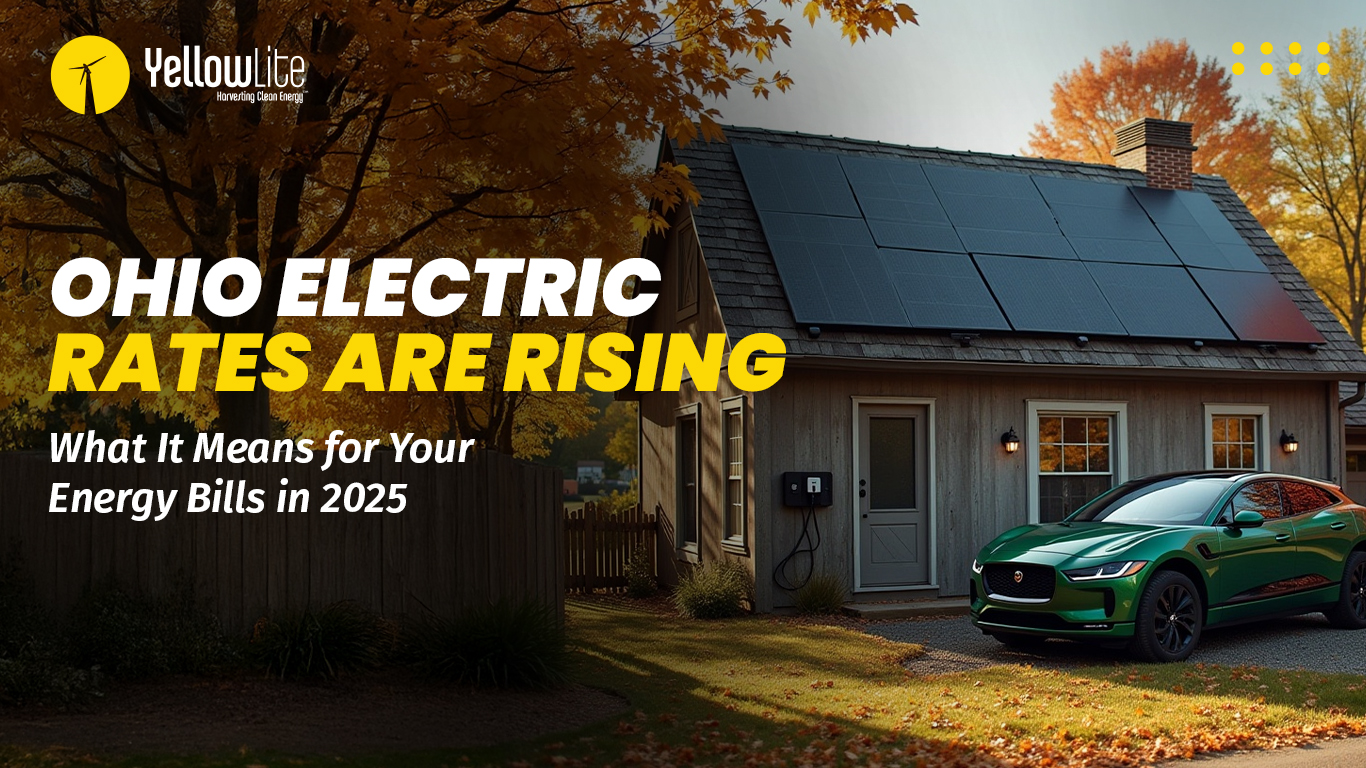Because the solar energy market has been successful for adopters and suppliers alike for years now, the market has grown quickly. Many are looking for ways to help it grow even faster. The level of support from advocacy groups and researchers conducting studies is increasing. One key to moving the industry forward is to get a better understanding of the most important features that impact performance and the most significant ways to reduce costs. Here, we take a look at two different studies about historical and recent costs in the U.S. One is a new effort with a goal of finding what most influences average costs and individual state averages. The other is a continuing effort to find and explain overall trends with a recent shift to a focus on all non-utility scale projects.
The New Study
The Solar Electric Power Association (SEPA) is an electric industry advocacy and lobbying organization dedicated to future of solar energy. Their research and activities are aimed at growing the solar power market and helping the policymakers and general public get smarter about the changing energy sector. The organization has recently commissioned a collaborative study. The data for the study were provided by online platform EnergySage and Mercatus. It includes close to 11,000 solar price quotes for residential, commercial and utility-scale projects collected in 25 states, the District of Columbia and Puerto Rico from January 2014 to July 2015. It includes both rooftop and ground mounted system data, and is a quick snapshot of the broadest market totals.
More on the authors:
EnergySage is a Solar Marketplace, providing information and resources to simplify the solar shopping experience.
Mercatus is an investment research and consulting company created to make it easier for Energy Investors to deploy capital, manage their investments, and make smarter decisions.
Highlights from the study:
Most importantly this study found average prices in line with other studies, giving the relatively smaller sampling some legitimacy. From the 27 states and territories, it found the following:
- average residential solar prices in 2014-2015 clustered around $3-$4 per watt
- prices for nonresidential and utility-scale projects came in lower at $2-$3 per watt
Residential solar energy systems costs are our main concern, as finding ways to be more cost effective will yield stronger results. There is more room for reductions. But from experience we know many factors influence our costs. So we were not surprised to see this key conclusion: “We filtered the data we received through a range of variables, from the effect of state incentives and competitive price visibility to average electricity prices, and transportation and labor costs,” said Erika Myers, SEPA’s Senior Manager of Research and lead author of the report. “But no one factor explains the price quote variations we are seeing both within and across regions.” In fact, working in different locations and in multiple states, it is the YellowLite view that local policies and regulations now have a dominant role in reduction of costs.
And the great news for Ohio homeowners is that this study finds the state has some of the lowest overall solar energy installation costs of all those surveyed. See the graphic at the top.
The Continuing Study
Lawrence Berkeley National Laboratory (LBNL) is a member of the U.S. Department of Energy laboratory system, managed by the University of California. In August of 2015, LBNL produced its eighth version of the report “Tracking the Sun.” The series has been dedicated to summarizing trends in the installed price of grid-connected solar PV systems in the U.S. As a large study of over 400,000 PV system prices, the study’s authors state that its data represents around 62% of the installed non-utility scale capacity for 2014. A smaller, representative data subset was used for analysis, and no third-party owned system data was included. Some of the key findings are below:
- Nationally, residential solar energy system prices declined by 9%, or about $0.4/kW to an average of around $4.00/kW. This was a smaller drop than the previous period in the series.
- Prices in some of the largest state markets such as California, Massachusetts, and New York, are relatively high priced. That tends to heavily influence the national average, where in most states pricing is below the aggregate national median price.
- For homeowners, median per kW prices for systems in the 8-10 kW range are roughly 15% lower than for smaller 2-4 kW systems. Size does matter as expected.
While this study does not specifically analyze results for each state, a key finding reported is that median prices vary per installer within a given state. While the absolute cost averages vary by state, the fact that there are higher priced installers and lower priced installers holds true. So far, the analysis does not indicate clear reasons, such as volume of work or years of experience.
The YellowLite Message
At YellowLite we know many things are important including price, lifetime savings, and especially long term satisfaction. We don’t simply encourage pure price shopping, but we still strive to deliver the best value that includes fair pricing. From these different reports, we see the truth in the U.S. - costs and prices vary from state to state. Most studies cannot pinpoint one factor, or a limited few factors, that contribute to the variation. However, in general, both point to the selection of the installer as a fundamental source for the differences. Not only can a buyer shop and look for acceptable proposals, but they can also look for those who have demonstrated experience to address local policies and regulations that effect their efficiency and your costs. Getting permits, addressing building codes, completing inspection, and other factors have a big impact on not only time but costs. As panel prices reach historic lows, your contractor selection becomes your key to savings. We encourage you to reach to us for more information.
Interested in learning more about YellowLite’s renewable energy solutions? Reach out to us today to learn more.



